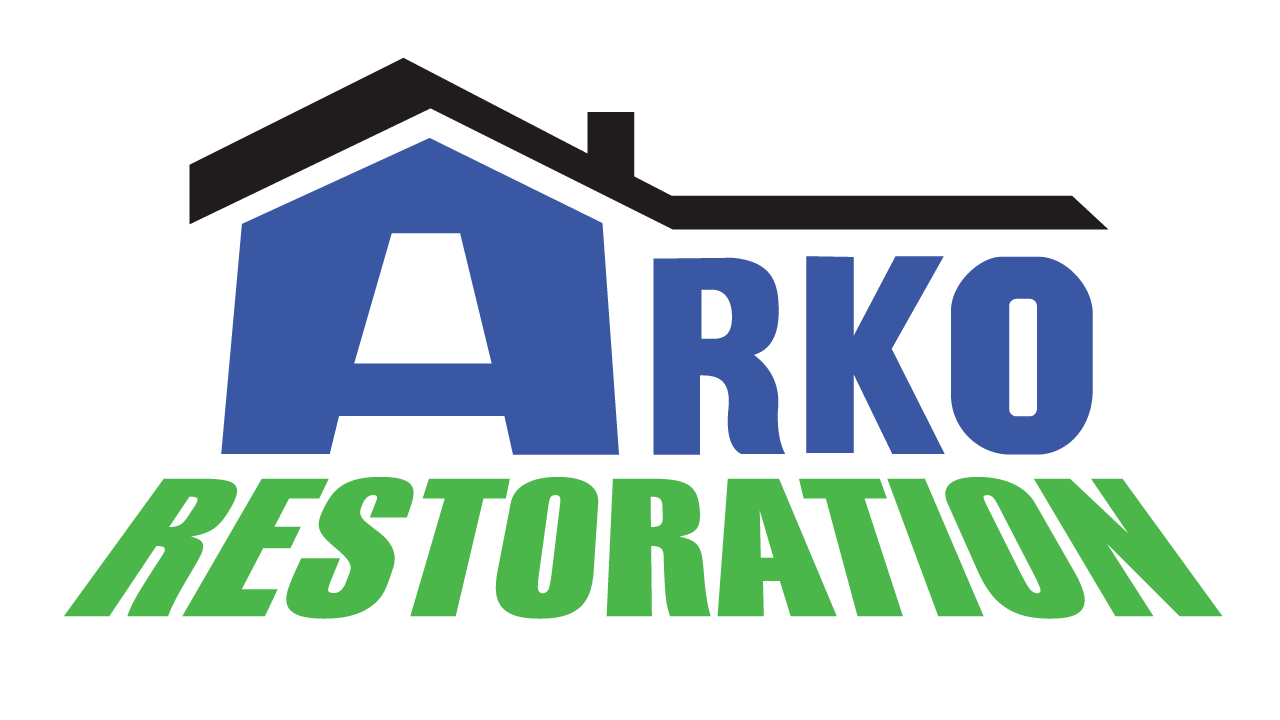There are several health challenges and risks that come with unaddressed water damage. Persistent water damage may lead to compromised structures, unpleasant smells, decreased indoor air quality and the growth of dangerous mold and bacteria that presents long-term health risks. You need to be aware of these things to stay safe.
Hidden Water Damage Health Risks: What You Need To Know
Many facilities regularly have complications with water damage. One of the obvious and disturbing results of water damage is flooding and leakage, while others include the growth of mold and bacteria that appears in the slightest cases of water damage.
If immediate precautions are not taken, the presence of certain microorganisms poses several risks to human health.
Here’s what you need to know about these risks…
1. Mold Growth

The potential for mold growth is a major concern when dealing with hidden water damage. High levels of moisture and humidity are particularly conducive to the growth of mold. Failure to properly address, dry out and remediate water damage creates an environment that is favorable to the growth of mold infestations.
Furthermore, mold produces a substance known as mycotoxins. When this substance is released into the air, it then causes an allergic reaction. Inhaling or physical contact with mold or mold spores can trigger allergic responses such as skin rash, sneezing, red eyes and a runny nose.
2. Delayed Health Effects
In some cases, the effects of hidden water damage on health may not be immediately apparent. Long-term exposure to moist, moldy environments can have negative effects that gradually build up over time, giving rise to health issues. Continuous exposure to these environments can have negative cumulative effects on health and lead to a variety of long-term problems.
Chronic respiratory conditions, ongoing allergic reactions, weakened immune systems and other systemic health issues could all be included in these additional health risks.
3. Pest Infestation
Many pests, including cockroaches, rodents and different kinds of insects, can be drawn to moist, damp environments. These unwanted guests not only interfere with people’s comfort in their homes but also seriously endanger their health, too. Such pests are well-known disease and pathogen carriers that have the potential to spread dangerous microorganisms to people.
Also, cockroaches, rodents and insects can contaminate food, surfaces and the air. This increases the risk of health issues when these pests are present. Their presence increases the difficulties of maintaining a secure and sanitary living space, necessitating immediate action for efficient pest control.
4. Respiratory Problems
Water damage can create an environment where dust mites, bacteria and other allergenic agents can flourish. These tiny things, which thrive in the damp environment left behind by water damage, have the potential to become airborne and cause a variety of respiratory issues.
The negative effects of these airborne particles are especially harmful to people who already struggle with allergies, asthma or other respiratory conditions. Additionally, the excess moisture brought on by water damage can worsen people’s health problems. This is because it not only feeds the growth of allergens but also plays a role in the general deterioration of indoor air quality.
5. Deterioration Of Indoor Air Quality

Excess moisture can result in poor indoor air quality, primarily as a result of the unchecked growth of mold, mildew and other harmful microorganisms. This development may result in unpleasant odors and could potentially be a trigger for the onset or exacerbation of respiratory complications.
Increased mold and mildew infestations brought on by too much moisture not only worsen the environment but also put people’s health at risk. Particularly in people with pre-existing respiratory conditions, the airborne particles released by these microorganisms can cause a variety of respiratory problems, from minor irritations to more serious illnesses.
6. Waterborne Diseases
The source of the water damage determines the likelihood of contamination by waterborne pathogens. In terms of harboring disease-causing microorganisms, different sources of water damage carry varying degrees of risk. Particularly high risk exists in situations where water damage is caused by sewage backup or contact with contaminated water sources.
When exposed to humans, pathogens present in these water sources may facilitate the spread of disease. This emphasizes the value of quick and thorough response measures to reduce the health risks brought on by water damage, especially when the water comes from sources with a higher risk of pathogenic contamination.
7. Allergic Reactions
The presence of mold and other allergens has the potential to trigger allergic reactions in people who are particularly sensitive to such triggers. These allergic reactions can present in a variety of ways, including skin rashes, recurrent colds and flu, chronic coughing or itchy and irritated eyes.
Based on individual sensitivity levels and the degree of exposure to these allergens, the range and severity of these reactions may change. It is important to note that these symptoms can significantly disrupt daily life and activities in addition to lowering one’s overall well-being, which emphasizes the significance of addressing and mitigating the underlying sources of allergenic exposure.
8. Structural Damage
Hidden water damage has the potential to weaken your home’s structural integrity over time. This damage causes materials like weak plasterboard and weakened wood, which gradually erode the structural integrity of your home. This ongoing deterioration may ultimately result in structural instability, endangering the occupants’ safety.
The structure may be more prone to shifting and collapsing as a result of the weaker materials potential to compromise load-bearing capacities. Thus, careful water damage mitigation is essential for maintaining property value as well as for ensuring residents’ physical safety.
Summary:
Without proper precautions, hidden water damage may have critical impacts on one’s health. To maintain a secure and healthy facility, being proactive in detecting and dealing with water damage is crucial.

